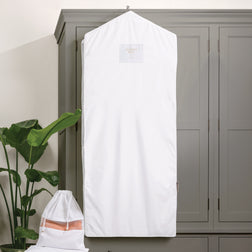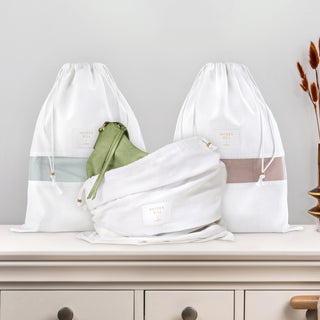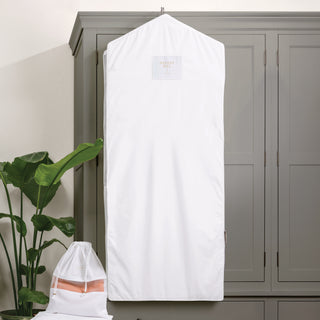In comparison to fast fashion, sustainable fashion reduces waste, protects the environment, and advocates for human rights. Sustainable fashion prioritises making consumers more aware of how their clothing is made and the resources used in its production. It encourages choosing high-quality and long-lasting items that can be used for many years to come and won’t end up in a landfill.
With fast fashion pieces filling both brick-and-mortar and online stores everywhere, our planet is being negatively impacted.
It is difficult to accurately pinpoint fast fashion’s impact on the world's pollution, but the best estimate is that the fashion industry currently contributes somewhere between four and ten percent of global greenhouse gas emissions per year.
With these serious issues, sustainable fashion has been rapidly gaining popularity and becoming a frequent topic of conversation among fashion enthusiasts.
What is Sustainable Fashion?
In comparison to fast fashion, sustainable fashion reduces waste, protects the environment, and advocates for human rights. Sustainable fashion prioritises making consumers more aware of how their clothing is made and the resources used in its production. It encourages choosing high-quality and long-lasting items that can be used for many years to come and won’t end up in a landfill.
The core principles of sustainable fashion include:
- Use of sustainable and high-quality materials
- Timeless design
- Local sourcing, production, and sales
- Made by workers receiving a fair wage
The Urgency of Sustainable Fashion
The fashion industry is very dependent on several of the highest pollution-producing industries, such as agriculture and road transportation. Therefore, if the fashion industry becomes more sustainable, environmental harm across the supply chain could be significantly reduced.
While sustainable fashion is about purchasing and wearing garments with the least amount of environmental impact, fast fashion brands have a reputation for being notoriously wasteful in their manufacturing process.
And, fast fashion also raises social justice concerns due to the use of exploitative, animal-based fabrics and the participation in unfair labour practices.
Fortunately, more and more sustainable brands are launching products that use eco-friendly materials, engage in fair trade, and reduce waste transportation to landfills.
The more we embrace ethical and sustainable fashion as consumers, the more ethical alternatives will emerge.
3 Benefits of Sustainable Fashion
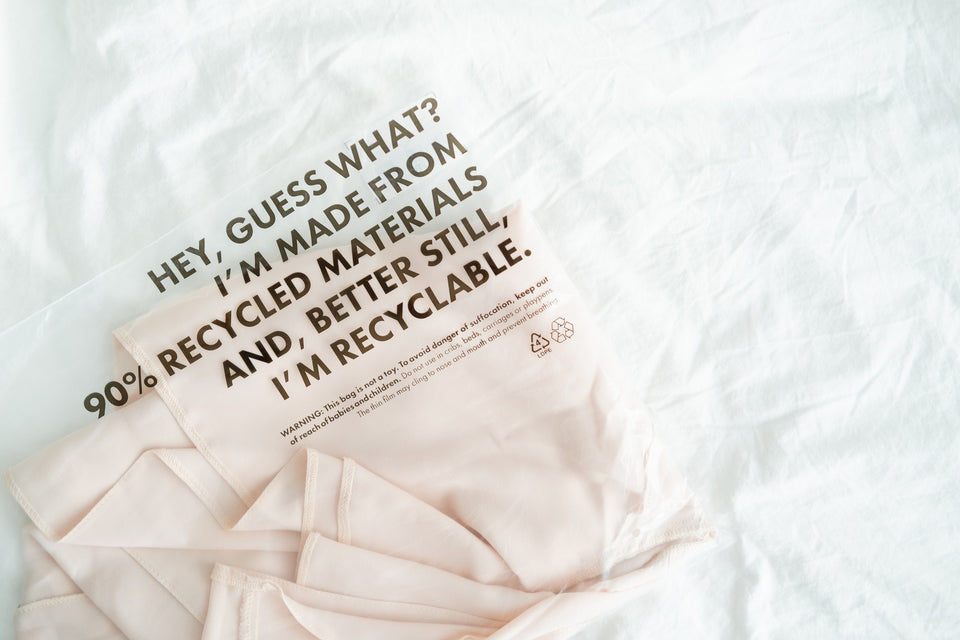
Sustainable fashion is created with humanity and the environment in mind, minimising environmental effects wherever possible.
Sustainable Fashion Saves Natural Resources
It is estimated that only 3% of the resources used for clothing production come from recycled materials.
This equates to an annual resource intake of 98 million tons, which includes oil used to make synthetic fibres, fertilisers used to grow cotton, and an unending array of chemicals used to dye and treat fabric.
Ethical fashion minimises the need for virgin resources and its high-quality and longer-lasting pieces reduce fashion waste.
Sustainable Fashion Saves Animal Lives
Animals are an essential component of our environment and ecosystem, each playing a distinct function in keeping our planet habitable. As a result, any threat to the safety of wildlife should concern us all.
Leather purses, boots, and other products made of fur, leather, feathers, and wool frequently have negative effects on the animal populations from which these materials are acquired.
Many ethical fashion brands have introduced cruelty-free products, and some fast fashion brands are following their example by removing fur from their collections.
Sustainable brands have found a variety of alternatives to animal products, such as cork and pineapple leather. Several animals are therefore saved from harm, mistreatment, and death, preserving the ecosystem's balance.

Sustainable Fashion Provides Fair Wages and Working Conditions
Fast fashion brands are successful because they offer low-cost, trendy clothing. These low prices are made possible by the low wages and poor working conditions of garment workers.
Many fast fashion companies manufacture their clothes at factories in Latin America, Asia, and Africa, where employees are paid significantly less than a living wage.
Poor safety and health standards, excessive working hours, and constant production pressure all contribute to an environment of worker exploitation. Fast fashion companies have also been accused of using child labour.
You can be more certain that your apparel was manufactured under safe and fair working conditions if you purchase clothing from ethical and sustainable brands.
9 Ways to Practice Sustainable Fashion
Replacing your favourite fast fashion brands with more sustainable ones may seem overwhelming. But, supporting the sustainable fashion movement may be easier than you think. These tips are great first steps to help you get started.
Shop at Thrift and Vintage Stores
Many thrift and vintage clothing stores sell designer items that are new and have never been worn. Purchasing items at these stores is a sustainable choice, because not only are you extending the life of the clothes, but you will also be able to find one-of-a-kind pieces that no one else has.
Choose Natural Materials and Sustainable Fabrics
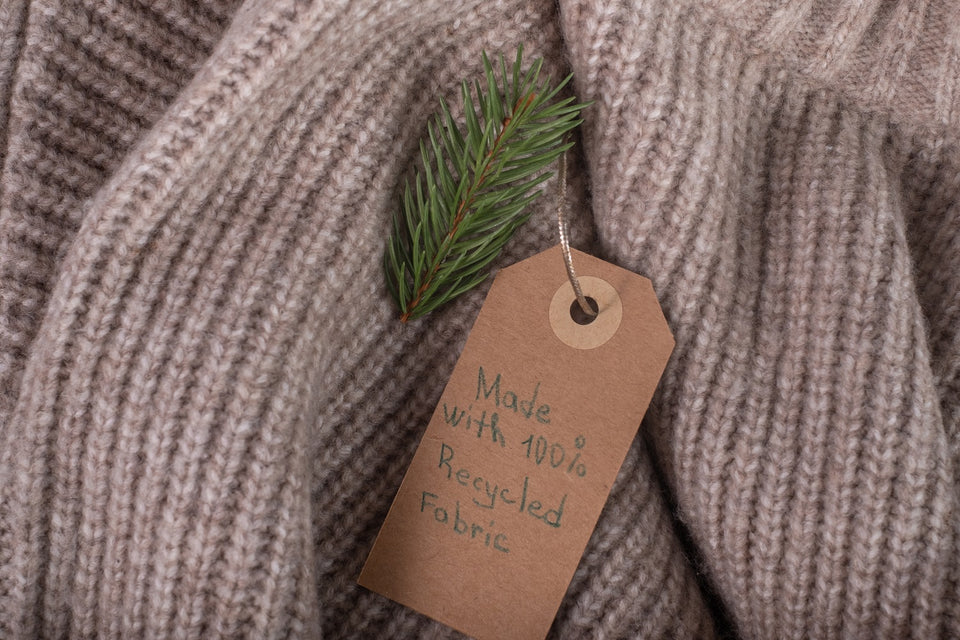
When shopping for clothing, avoid synthetic fabrics like polyester, which accounts for more than half of all clothing worldwide.
Polyester is sourced from fossil fuels and takes years to degrade. Instead, choose natural textiles such as organic cotton and linen.
But, keep in mind that not all natural materials are created equal. Organic cotton is far superior to conventional cotton, which requires a significant amount of water and energy to produce and contains hazardous pesticides.
To ensure that an item is truly eco-friendly, look for certifications from the Global Organic Textile Standard (for cotton and wool), Leather Working Group (for leather), and Forest Stewardship Council (for viscose).
Invest in Sustainable Fashion Brands
Every day, more and more fashion brands are joining the sustainable movement. Though it is still easier to find fast fashion clothing, the more we demand sustainable clothing, the more will be produced.
Consider Your Water Footprint
Given that the textile industry consumes over 24,000 gallons of water per year, we should all be more concerned about the water footprint of our clothing.
To reduce your water usage, consider the fabrics you purchase. As previously stated, organic cotton consumes substantially less water than conventional cotton, and the use of low-water dyes further minimises water usage.
Another great way to reduce your water footprint is to invest in bamboo bed sheets, pillowcases, and duvet covers from sustainable clothing brands.

Buy High-Quality Clothing
It is currently a common practice for people to buy new clothes when the ones they own lose their shape or charm, which continues to empower the fast fashion system.
But, if we stop buying low-quality clothing, brands will be forced to improve their garment quality and create better products. Higher quality clothing also lasts longer, which is better for the environment.
Stop Throwing Old Clothes Away
Even after you feel like you've got the most out of your favourite jeans or classic white shirt, think twice before throwing it away. Discarding clothes in the garbage will only contribute to overflowing landfills.
Instead, consider these alternatives:
- Mending. Many items with rips, tears, or small holes can be easily repaired.
- Donating. Depending on the condition of your items, you could give them to friends, relatives, neighbours, or a charity.
- Reselling. There are many websites and consignment stores that resell quality clothing in good condition.
- Recycling. Some clothing brands will accept worn items. Or, take worn-out clothing to a textile recycling container. Textiles can be recycled and used to create new garments.
Rent Clothes for Single-Use Occasions
Clothes rental is another rapidly growing, ethical business model. This is an excellent option, particularly for garments that you will not wear for an extended time or for special occasions. Some businesses also offer a monthly subscription, allowing customers to regularly update their outfits.
Care for Clothes Well
Extending the life of your clothes minimises your environmental footprint and reduces clothing waste.
Laundering your clothes correctly is critical to help increase their longevity. Using cold water and a gentle wash cycle and letting clothing air dry help clothes keep their like-new appearance longer.
Another key aspect of good clothing care is proper storage. To keep your clothing protected from sun exposure, pests, and dust, store them in high-quality garment bags.
Hayden Hill bags offer your most treasured items superior protection. While made of 100% organic, breathable cotton, they protect clothing from dust, light, moths, mould, and condensation.
Embrace Circular Fashion

There has been much discussion about the circular fashion industry - a system in which all items can be reused, recycled, or returned to the environment (when biodegradable or compostable).
While the fashion industry is still a long way from becoming circular, items that can be reused or recycled support the sustainable movement.
FAQs
What is the meaning of sustainable fashion?
Sustainable fashion is a hot topic right now for good reason. Sustainable clothing is made of eco-friendly materials that are better for the environment and the workers who make them are treated well and paid a fair wage.
The term sustainable suggests that something can be sustained at its current rate or level. It is a principle that can be applied to any business, or even to your own lifestyle. Supporting sustainable fashion and its practices means supporting the environment, fair trade, and workers' rights.
What are examples of sustainable fashion?
Purchasing vintage clothing, thrifting, sharing, swapping, and renting clothes are all excellent examples of environmentally friendly fashion.
Another example of sustainable fashion is mending and repairing your clothes rather than throwing them away. Donating or reselling unwanted items are also sustainable practices.
If the fashion industry is to become more sustainable, fashion brands must make significant changes. Every facet of the production chain must change from raw material procurement and worker treatment to shipping and consumer attitudes.
Because clothing plays such an important role in our daily lives, we can all be catalysts for change. Even if we can't directly influence the operations of fashion brands, we can still educate ourse4es and become more aware of who makes our garments, what materials they are made of, and how their manufacturing affects people and the environment.


